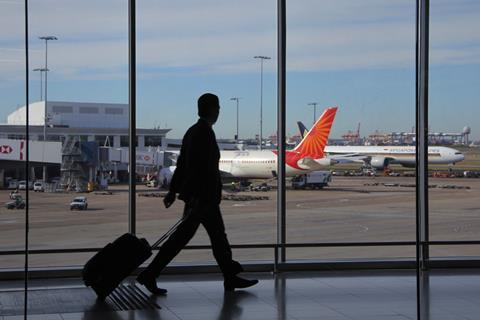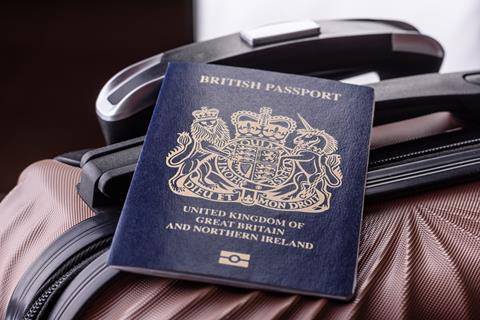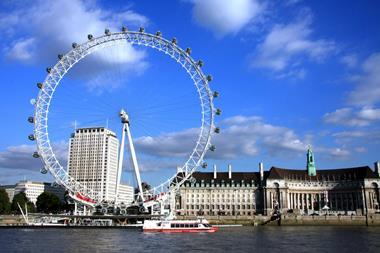It has finally been confirmed that the European Union’s Entry/Exit System (EES) will be rolled out from 12th October 2025. If you’re organising group holidays or tours to Europe, especially within the Schengen area, here’s what you (and your travellers) need to know.

What is the EU Entry/Exit System (EES)?
The EES is an automated IT system that records non-EU nationals entering and leaving the external borders of European countries when travelling for a short stay. Moving forward, British passport holders heading to any of the countries in the Schengen Area of Europe will be asked to provide fingerprints and a photo on arrival. This will happen at the border or airport and only needs to be done once every three years.
The current system will see the end of passport stamping and there is no cost involved and nothing to do before departure. The process will take place at the point of entry.
The aim of the system is to make border checks more modern, faster and efficient as well as increasing the security of the Schengen Area and presenting irregular migration.
A few things to keep in mind:
-
First-time travellers under the new system will need to allow a few extra minutes to complete their EES registration – especially at busy times.
-
Air travellers will be checked at their arrival airport in Europe.
-
Travellers using Eurostar (St Pancras), LeShuttle / Eurotunnel (Folkestone), or Port of Dover will complete EES registration before leaving the UK.
-
The Entry/Exit System (EES) will be deployed gradually across the external borders of the 29 European countries over a period of six months with countries introducing the different components of the EES in phases. This will last until 9th April 2026. From 10th April 2026, the EES will be fully operational at all external border crossing points of the European countries using the system.
What is the Schengen Area?
The Schengen Area is a group of European countries that have removed border controls between them, allowing people to travel freely from one country to another without passport checks at the borders.
It works a bit like travelling between states in the USA or countries in the UK – once you’re in one Schengen country, you can move around the others without stopping for immigration checks.
Key Points:
-
It includes most EU countries, plus a few non-EU ones.
-
It’s designed to make travel easier and faster for both tourists and business travellers.
-
The area has a shared visa policy – people from non-Schengen countries often only need one visa to visit multiple countries in the area.
The countries in the Schengen area are:
Austria, Belgium, Bulgaria, Croatia, Czech Republic, Denmark, Estonia, Finland, France, Germany, Greece, Hungary, Iceland, Italy, Latvia, Liechtenstein, Lithuania, Luxembourg, Malta, Netherlands, Norway, Poland, Portugal, Romania, Slovakia, Slovenia, Spain, Sweden, and Switzerland.

Cruise travel and the EU Entry/Exit System
If your cruise starts and ends outside the Schengen area (such as from a UK port), travellers won’t need to complete EES checks, even if the itinerary includes a short visit to a Schengen destination.
However, if travellers leave the cruise within the Schengen area and continue their journey by land or air, EES registration will be required.
Looking Ahead: ETIAS and future EU travel requirements
This is just the first step. In 2026, the EU plans to roll out another system called ETIAS (which is short for European Travel Information and Authorisation System) which will require UK travellers to apply online for authorisation before visiting the Schengen area (similar to the US ESTA). But there’s nothing you or your travellers need to do for now – the system has been delayed a number of times and the official line from the EU is that it will start operations in the last quarter of 2026.
For the latest official updates, visit the EU’s Travel Europe website at travel-europe.europa.eu/en/ees.













No comments yet